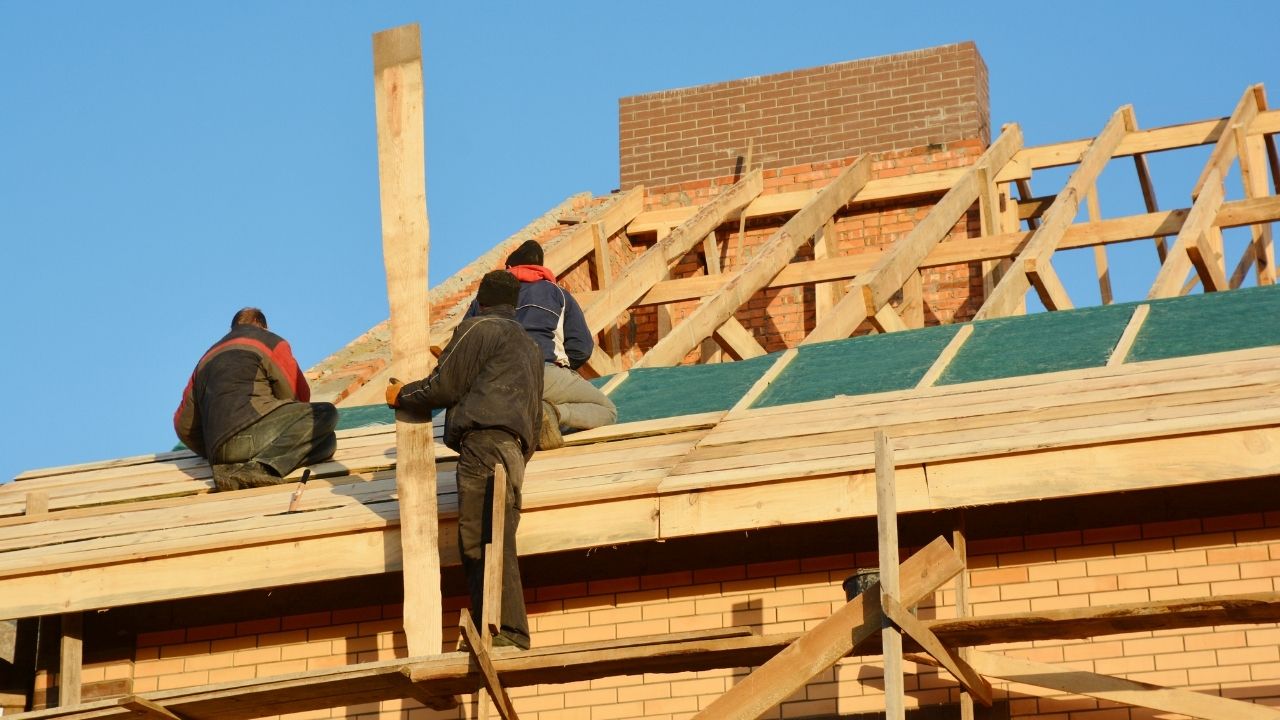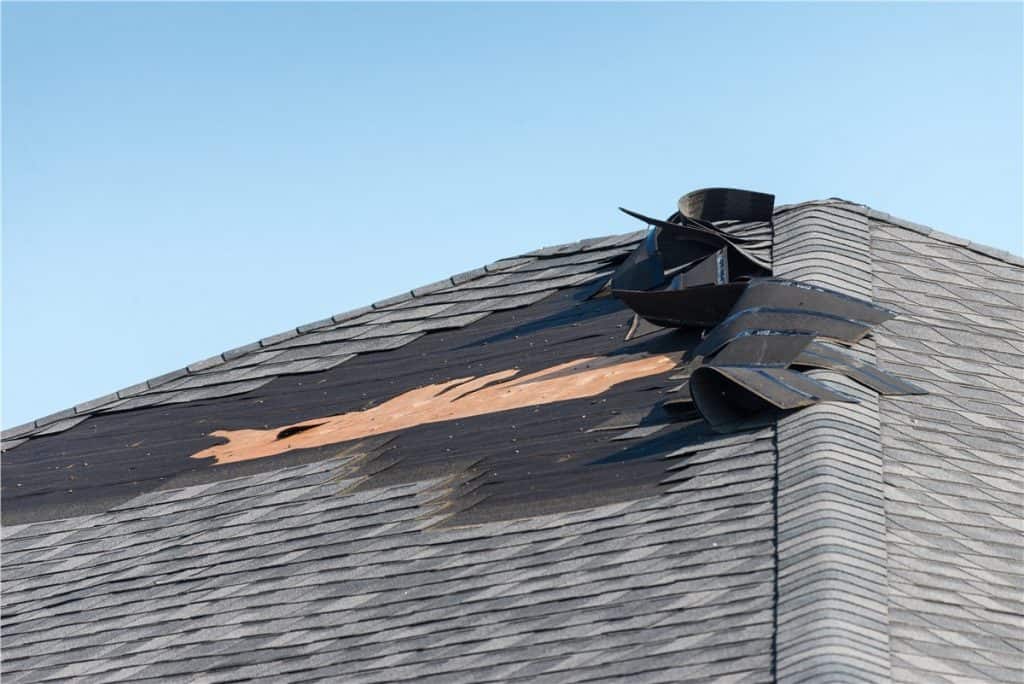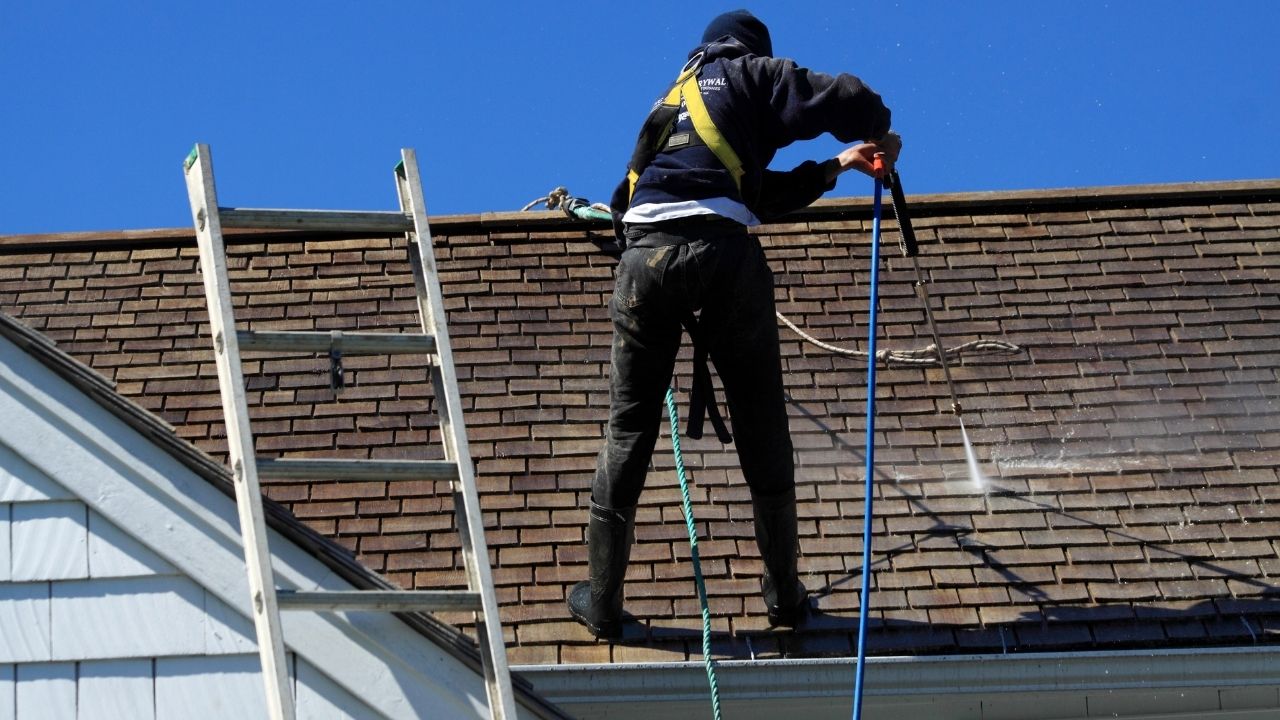
The roof's slope is the angle at which it is slanted. A steep slope will have a slope of at least one-third. However, it is possible to be steeper. A typical steep-sloped rooftop will have a pitch nine inches or greater. These roofs may need additional fasteners. For more information about roof slopes, read on. These are just a few.
The International Residential Code has requirements regarding the types and styles of roofing materials. These guidelines contain minimum requirements for roof slope for different types and types of roofing materials. The table below lists the minimum slope for each type. This table is based upon the International Building Code. It is the basis for almost all American building codes. To learn more about the types of roofing systems, see our article on determining roof slopes.

For best aesthetic appeal, your roof should slope at least 2:12. You can increase or decrease the slope of your roof as needed, depending on your climate. The pitch will be steeper if the angle is lower than the angle. For example, a four-inch-sloped roof would require a minimum roof slope of two and one-half inches. To insulate properly, a home that is six inches tall will require a steeper pitch.
Low-pitch roofs make the best residential roofing choice. They are easy to set up and offer great protection against the UV rays. They are less likely to leak and therefore require regular inspections. A roof can also be repaired if it slopes too steeply. Medium-sloped roofs work best for residential houses. There are two kinds of flat-sloped roofs: low-sloped and high-sloped.
There are two basic types of roofs: low-slope and high-pitch. The latter is better for your home, as it will shed water and snow more efficiently. A low-slope roof allows your home to breathe better. However, a steep-pitch roof would not be suitable for a covered porch. In such circumstances, you should use a higher-pitch roof for the rest of your roof.

Besides low-pitch roofs, high-pitched ones can also develop leaks. These leaks can occur due to temperature fluctuations, sunlight exposure, or a gradual sagging in the wood structure. Every year, you should inspect your low-pitch and/or high-pitch roofing systems. You should not only fix leaks but also check the drainage system. Your roofing drainage system should be inspected annually.
Your home's slope will determine the type of roof that you choose. You should choose a steeper roof if your home is very sloped. While it will be more cost-effective, it will also be more efficient. A lower pitch roofing system is best for low-sloped roofs. There are many options available if you want to install a steep-sloped roof made of metal.
FAQ
In what order should home renovations be done?
The first thing you need to do when renovating your home is to decide where you want to put everything. You should consider how you want to market your home to potential buyers if you are planning to sell your house soon. Next, think about how you want your living space, including the kitchen, bathroom and living room. After you've decided on the rooms that you wish to renovate, it is time to start searching for contractors who are experts in these areas. Once you have hired a contractor you can begin work on your renovation project.
You can live in a house while it is being renovated.
Yes, I can live in my house while renovating it.
You can live in a house that is being renovated while you are renovating it. The length of construction takes will determine the answer. If the renovation lasts less then two months, then it is possible to live in your home while it is being constructed. You cannot live in your house while the renovation process is ongoing if it lasts more than two years.
The reason why you should not live in your home when there is a major construction project going on is because you might get hurt or even killed due to falling objects from the building site. The heavy machinery and noise pollution at the job site can also cause dust and noise pollution.
This is especially true if your house has multiple stories. This is because the vibrations and sound created by construction workers could cause serious damage to your property.
As mentioned earlier, you will also have to deal with the inconvenience of living in a temporary shelter while your home is being renovated. This means you won’t have the same amenities as your own home.
When your dryer and washing machine are in repair, for example, you won't have access to them. You will also have to put up with the smell of paint fumes and other chemicals as well as the loud banging sounds made by the workers.
All these factors can lead to stress and anxiety among you and your family members. So it is important that you plan ahead so you don't feel overwhelmed by all the circumstances.
Do your research before you begin renovating your home. You can avoid costly mistakes later.
Also, it is a good idea to get professional help from a reputable contractor in order for everything to go smoothly.
How much does it cost to renovate a house?
Renovations are usually between $5,000 and $50,000. Renovations are typically a major expense for homeowners, with most spending between $10,000 and $20,000
Do I need an architect or builder to help me?
You might find it easier to hire someone to do your home renovations. An architect or builder is a good option if you plan to buy a new house.
Statistics
- According to the National Association of the Remodeling Industry's 2019 remodeling impact report , realtors estimate that homeowners can recover 59% of the cost of a complete kitchen renovation if they sell their home. (bhg.com)
- Rather, allot 10% to 15% for a contingency fund to pay for unexpected construction issues. (kiplinger.com)
- A final payment of, say, 5% to 10% will be due when the space is livable and usable (your contract probably will say "substantial completion"). (kiplinger.com)
- On jumbo loans of more than $636,150, you'll be able to borrow up to 80% of the home's completed value. (kiplinger.com)
- The average fixed rate for a home-equity loan was recently 5.27%, and the average variable rate for a HELOC was 5.49%, according to Bankrate.com. (kiplinger.com)
External Links
How To
How do you plan a complete home remodel?
Planning a home remodel takes planning and research. Before you start your project, here are some things to keep in mind. First, you must decide what type of home improvement you want. You could choose from different categories such as kitchen, bathroom, bedroom, living room, etc. Once you have decided which category you wish to work in, you will need to determine how much money you have to spend on your project. If you don't have experience with working on houses, it's best to budget at minimum $5,000 per room. You might be able get away with less if you have previous experience.
Once you have established how much you are able to afford, you will have to decide on how big a job to do. If you have only enough money to remodel a small kitchen, you may not be able add new flooring, countertops, or paint the walls. You can do almost everything if you have enough cash for a full-scale kitchen renovation.
Next, find a contractor who is skilled in the type and scope of work you wish to undertake. This will guarantee quality results, and it will save you time later. After finding a good contractor, you should start gathering materials and supplies. Depending on the size of your project, you may need to buy everything from scratch. There are many stores that offer pre-made products so it shouldn't be difficult to find what you need.
Once you have all of the necessary supplies, you can start making plans. The first step is to make a sketch of the places you intend to place furniture and appliances. Next, plan the layout. You should leave enough space for electrical outlets and plumbing. You should also place the most frequently used areas closest to the front door, so visitors have easy access. Final touches to your design include choosing the right colors and finishes. To save money and keep your budget low, you should stick to neutral tones.
Now it's time for you to start building. It's important that you check the codes in your area before you start construction. Some cities require permits. Others allow homeowners to build without permits. First, remove all walls and floors. You will then lay plywood sheets to protect your new flooring. Next, nail or screw pieces of wood together to form the frame that will house your cabinets. You will attach doors or windows to the frame.
After you're done, there are still a few things you need to do. You'll likely want to cover any exposed wires and pipes. Plastic sheeting and tape are used to cover exposed wires. You'll also want to hang pictures and mirrors. Just remember to keep your work area clean and tidy at all times.
You'll have a functional home that looks amazing and is cost-effective if you follow these steps. Now that you know how to plan a whole house remodeling project, you can go ahead and get started!